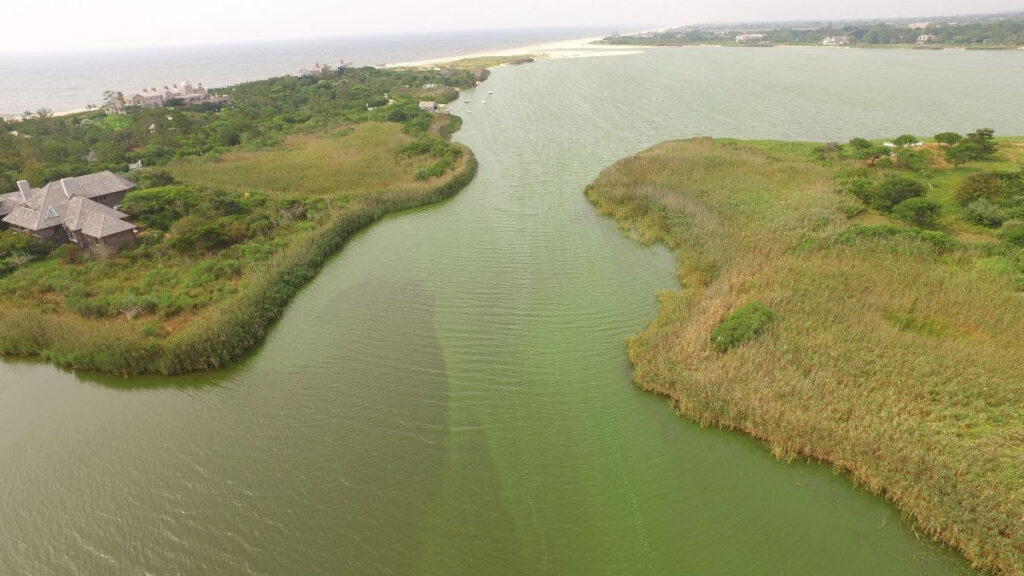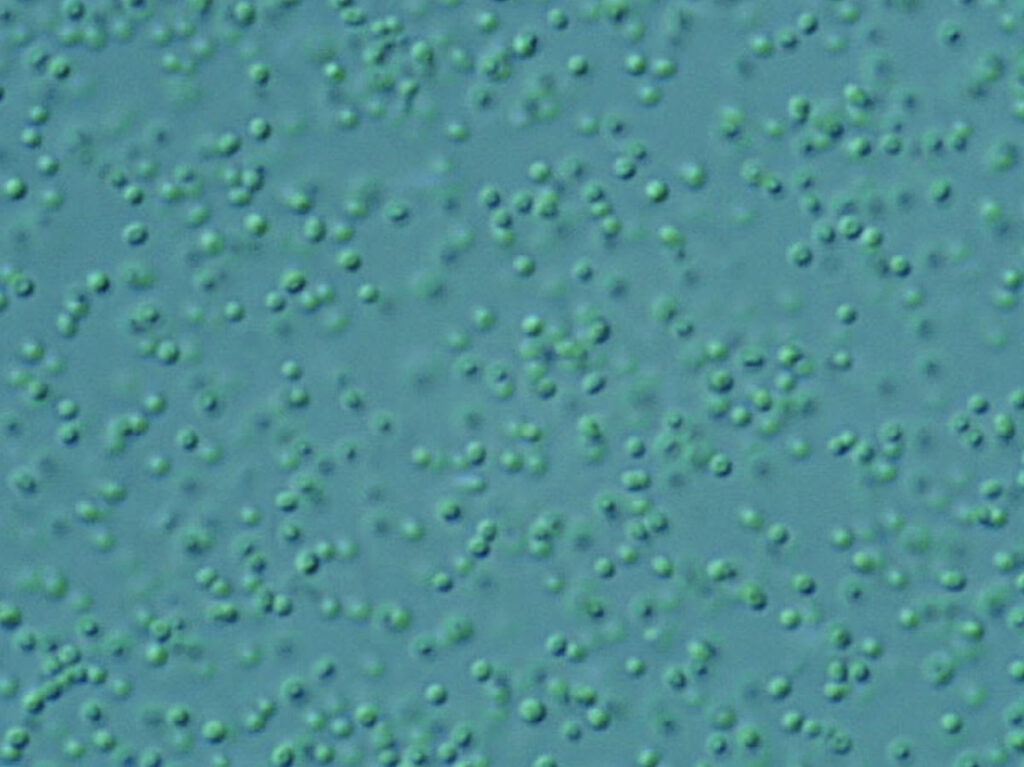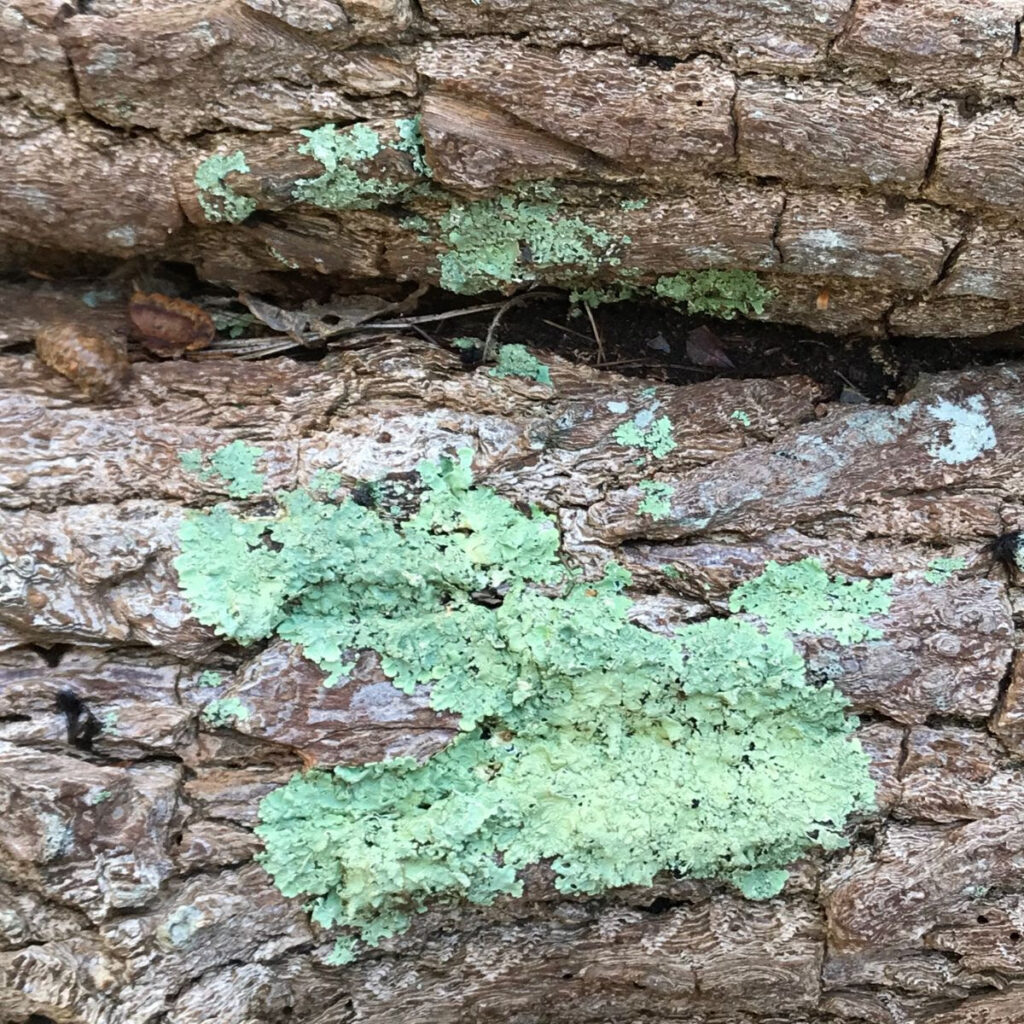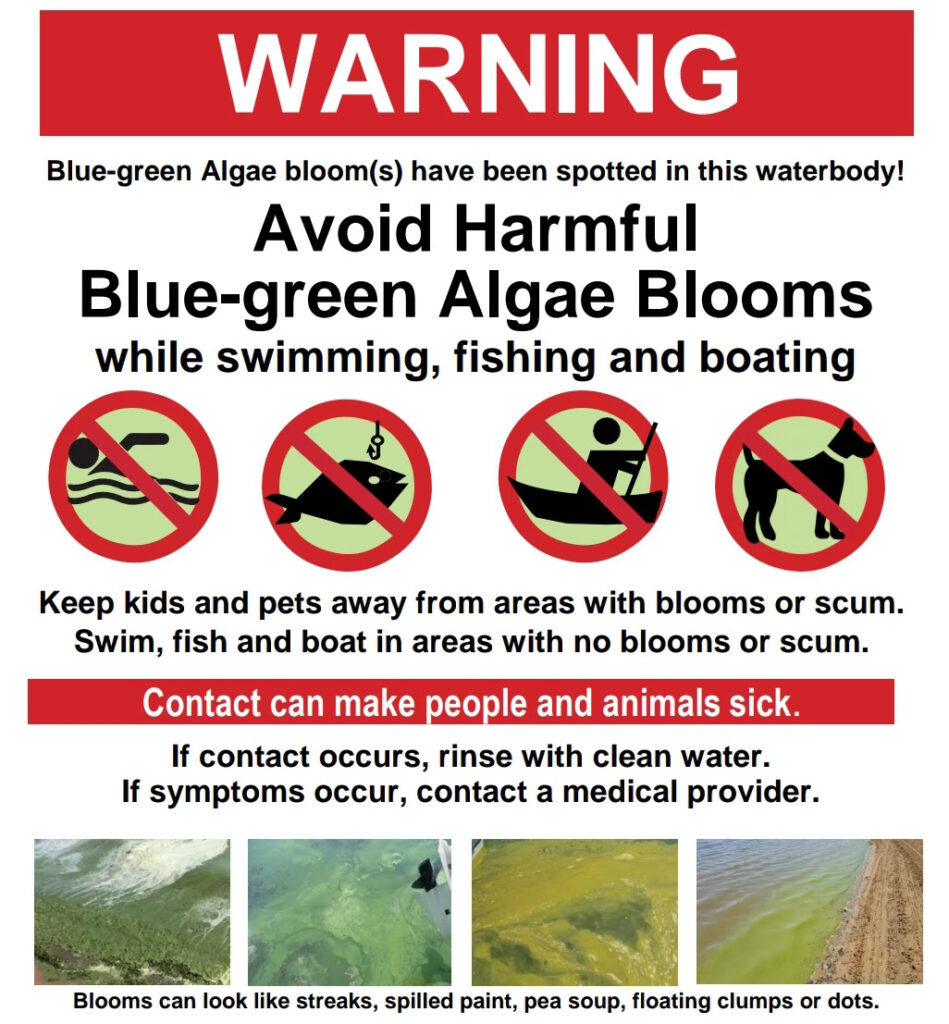Ancient
Blue-green algae, more properly referred to as cyanobacteria—they are not algae—are one of the oldest forms of life on earth. Neither plant nor animal, they are true bacteria in their own kingdom. But they are a bacteria that can photosynthesize like a plant. Evolved over three billion years, they incorporated photosynthetic pigment into their cell and developed the ability to photosynthesize to create their own food. Back then, the atmosphere had no oxygen and as the cyanobacteria photosynthesized spewing oxygen into the atmosphere, it became more hospitable to life. So we can thank the cyanobacteria for oxygenating the atmosphere to allow life to evolve on land.
Although a lot is still unknown about cyanobacteria, one thing is clear—warm temperatures and excessive nutrients, particularly nitrogen and phosphorous, accelerate its growth in lakes and ponds. Referred to as a “bloom” in the last century, blooms have been associated with human alteration of the environment. Research by Dr. M.N. Waters at Auburn University shows cyanobacteria and cyanotoxins present in ancient lake cores in Florida. Concentrations of the toxins were found in layers which correlate to different time periods. One associated with European settlement contained a lot of cyanobacteria toxin and others much earlier related to perhaps a changing climate at the beginning of the Holocene period at the end of the last ice age (12,000 years ago).

Abundant
Cyanobacteria are also some of the most abundant organisms on Earth. We know that their explosive growth under the right conditions have resulted in trillions of cells filling the water column or floating on the surface (aka pond scum) turning it the color of pea soup. The genus Prochlorococcus inhabits the oceans and is thought to be the most abundant organism on earth.

Ubiquitous
Cyanobacteria can be found in salt, brackish, and fresh water, hot springs, land, and in symbiotic relationships with other organisms. An example of this symbiosis is the lichen, those flat greenish leathery growths that form on tree bark and rocks. The lichen results from a relationship between a fungus and cyanobacteria. The cyanobacteria create food for the fungus and the fungus provides a safe habitat for the bacteria expanding its range onto dry land. Cyanobacteria have been recorded on all the continents, even Antarctica.

Deadly
Some cyanobacteria have a real talent for producing toxins, but the concentration of toxins produced can vary. The types of toxins include: neurotoxins (affecting the nerves), hepatoxins (affecting the liver), and dermatoxins (affecting the skin). One of Dr. Christopher Gobler’s favorite stories is that when Canadian scientists first isolated the toxin microcystin from Microcystis, the toxin was named “fast-death factor.” The most common cyanotoxin at Georgica Pond is microsystin which is a hepatoxin. Anabaena is another genus of cyanobacteria recorded at Georgica Pond which produces a toxin called anatoxin (a neurotoxin). When the New York State Department of Environmental Conservation declares a bloom, the Suffolk County Department of Health Services notifies local municipalities. During a bloom, it is vital to keep pets and children away from the water. If exposed yourself, you should hose off the exposed area immediately. Cyanotoxins have been known to kill mammals ranging in size from small dogs to elephants.

Georgica Pond is part of an Island-wide monitoring program of cyanobacteria of the Gobler Lab at Stony Brook University, School of Marine and Atmospheric Sciences. With funding from the East Hampton Town Trustees and Friends of Georgica Pond Foundation, we have six years of data on cyanobacteria trends at Georgica Pond. Immediate term management strategies include the aquatic weed harvester to remove biomass from the pond and thereby removing excess nitrogen and phosphorous and more effective pond openings and dredging to allow the pond to better flush, as well as long-term strategies including upgrading to low-nitrogen septic systems and encouraging vegetative buffers around the pond shoreline.
This article was edited by Dr. Christopher Gobler, Endowed Chair of Coastal Ecology & Conservation at the School of Marine and Atmospheric Sciences, Director of the New York State Center for Clean Water Technology, Stony Brook University and editor of the Harmful Algae Journal. Dr. Gobler is the science advisor to Friends of Georgica Pond Foundation.
